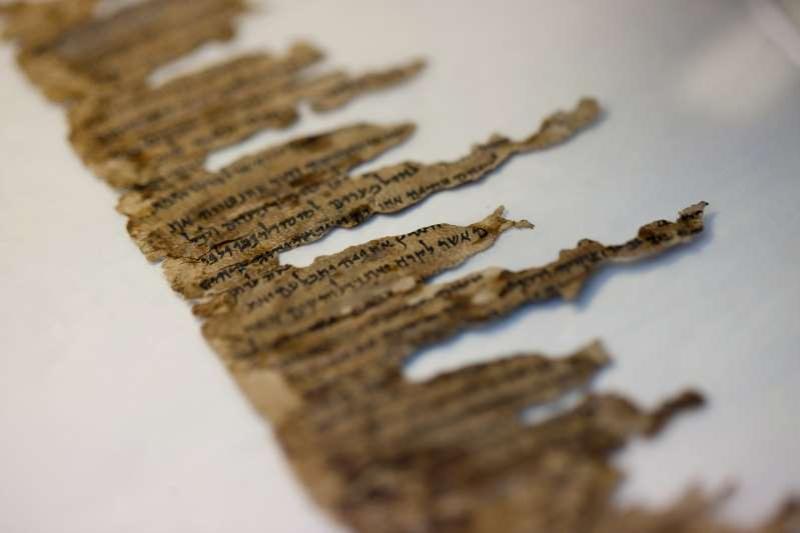Dead Sea Scrolls at the Museum of the Bible are forgeries, investigators say


The Museum of the Bible admitted Friday that 16 fragments displayed as pieces of the Dead Sea Scrolls, the oldest known surviving copies of the original Hebrew Bible, were fakes.

“After an exhaustive review of all the imaging and scientific analysis results, it is evident that none of the textual fragments in Museum of the Bible’s Dead Sea Scroll collection are authentic," Colette Loll, founder and director of Art Fraud Insights, said in a statement released by the museum on Friday. “Moreover, each exhibits characteristics that suggest they are deliberate forgeries created in the twentieth century with the intent to mimic authentic Dead Sea Scroll fragments."


This ''discovery'' shouldn't be a surprise considering their dealings with the antiquities in 2017.
I think they were duped, but I think they were also pretty easy marks. Their eagerness to add to their collection made them willing to buy without investigating.
With regard to the antiquities, they were told by experts that they hired not to buy them since there was a high probability the purchase would be illegal. They also ran them through false fronts and misdescribed them to US Customs.
They were fully aware that what they were doing was illegal. I would have to believe that the same thing happened again.
Nice. So the transparency with which they are crediting themselves now is a newly-developed trait.
The Greens should go to prison
POS/POTUS would just pardon them in his ongoing campaign of perpetual thumper ass licking.
Did they even do carbon testing to prove the age of the scrolls?
not without admitting a lot of discovered human antiquities are older than 6000 years, and that science is reality.
[deleted]
Some background information :
It is great to have the tools and knowledge today (thanks to science) to better discover frauds. Unfortunately the frauds of the past are long since covered up by copying and integration into subsequent text so they remain fodder for belief.
Chances are, some believers might simply dismiss scientific findings just to maintain their belief, kind of like what some do when biblical inconsistencies are pointed out. To those reliant or addicted to dogma, when evidence is presented to contradict religious texts, it is the evidence which must be tossed out and not the texts.
Not that we have seen that before.
Some are still revered despite being debunked - the Shroud of Turin, for instance.
Lol maybe this is the reason the Creation museum was able to take the coveted religious museum of the year title this year
Or more like religious sham.
Creation Museum is pure indoctrination. It teaches kids that the Earth is 6,000 years old, that dinosaurs coexisted with human beings, that Noah's flood actually took place and is responsible for things like the grand canyon, mountains, etc. It deems all scientific methods of dating to be bullshit. It is an assault on most every area of science.
It's pure BS that's an assault on logic, reasoning, and critical thinking. It boggles the mind that people in this day & age actually that nonsense.
Largely it is a function of human genetics in general; it is how our brains have evolved to work. Simply stated, if one (however it occurs) allows oneself to accept something as true (suppressing critical thinking) then one can eventually believe almost anything. Indoctrination as a child accelerates this. The other key factors are repetition and incrementalism. Skepticism is the shield, but that shield can be weakened or destroyed.
When people cease being skeptical and buy into the notion that faith (believing sans evidence/reason) is a good thing — something to be strengthened rather than avoided — they become vulnerable to the demonstrably effective historical methods of religions.
I have yet to find someone make a credible case that this (belief sans evidence/reason) is net good for society.
bwah ha ha, suckers!